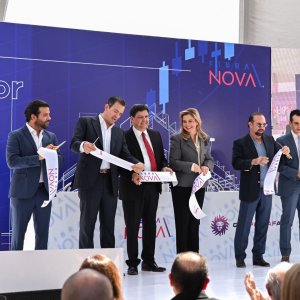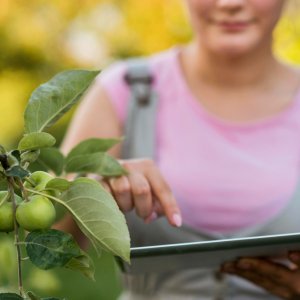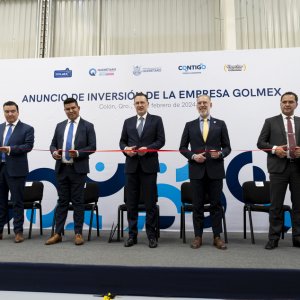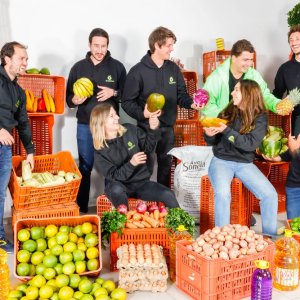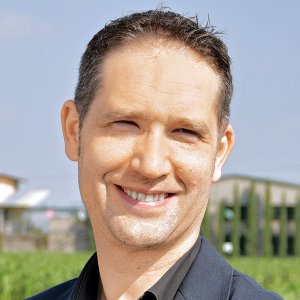Global Village: Food Production, Conflicts & Local Implications

STORY INLINE POST
The world is a crazy place right now. Just as we collectively started seeing a light at the end of the tunnel after two years of the pandemic, we’ve been hit hard with Russia’s invasion of Ukraine. We’re living in an era that many of us thought would not come back: the military invasion of a European country by another country, a severe humanitarian crisis of epic proportions, maybe the most important since WWII.
But let me set the scenario: Well before the Russian invasion began, FAO shared a shocking statistic: Overall global food prices increased by almost 20% in 2021.
In one of my previous pieces, I shared my genuine preoccupation about a possible food crisis triggered by COVID-19. Despite the complicated times, because of strong and resilient food systems and the use of all kinds of technology in the hands of growers we managed to stop a significant shortage of food but faced impressive price increases.
Even more shocking are new FAO statistics from March 11: As a result of the conflict in Ukraine, international food and feed prices could rise by up to another 20%, triggering a jump in global malnourishment. Ukraine and Russia are key agricultural players in this global village (the first being the world’s largest wheat exporter and the latter the fifth, together making up a third of global exports). Today, there’s no certainty Ukraine will be able to harvest its crops if the war drags on. Russian exports will also be uncertain in the coming year.
So, what can we do in the agricultural sector?
Technology, Technology, Technology
The challenge remains the same: feeding a world with more population than ever before, while taking care of the environment. The burdens related to this huge challenge are getting bigger, stronger and more complicated each year. As the lead for Latin America North at Syngenta, one of the most important agricultural asset companies in the world, here is my strongest answer to this challenge: technology.
How can the growers in our country, regardless of whether they are small holders or big export producers, deal with the enormous task of providing food and containing famine and malnourishment around the globe? If we can incorporate science and technologies that are already developed and ready to be delivered into producers’ hands from the moment they choose which crop to plant, which seed and germplasm is correct and which crop protection toolkit is appropriate, we could ensure the yield gap within our country is reduced. Mexico could then become an even more interesting player on the world stage in terms of agriculture.
We have incorporated every piece of technology developed by humans in every area, yet we are still reluctant to do the same in one of the most important fields humans worry about: food availability.
The agriculture industry has radically transformed over the past 50 years. Advances in machinery, efficiencies in crop protection products, developments in genetics, improvements on irrigation and so on have resulted in yield increases never seen before. Agriculture today is in the early days of a new revolution related to connectivity and data. Analytics, sensors and artificial technology, also known as digital agriculture, are further increasing yields while improving the efficiency of water and crop protection products. Technology today can, without any doubt, build sustainability and climate change resilience. I strongly believe that in the current context, the sector should more than ever embrace technology of all kinds to better suit local and global demands.
Local Strategies, Global Impacts
The Farm to Fork Strategy is at the heart of the European Green Deal, which aims to make food systems fair, healthy and environmentally friendly. This ambitious plan wants to assure an increasing resilience of food security for Europe. Of course, because of the project’s scope, it has generated many questions and contrary positions. In general terms, it intends to reduce synthetic crop protection products by 50 percent, while increasing land for organic production to 25 percent, among other topics. Detractors, including many renowned scientists, have warned that such a policy will lead to serious agricultural yield reductions, cuts in farmers’ margins and increases in land converted to farming.
The Farm to Fork Strategy will also have a great impact on export countries, such as many of those that form part of the territory I lead. European regulations can and directly put pressure on growers in this part of the globe, who today, more than ever, play a really important role in assuring food supply to Europe. With that being said, my position is that local strategies and regulations, in this global, deeply connected village, should more than ever consider the realities of exporter countries that often tremendously differ from Europe’s.
Regulatory and harmonized processes, along with food security strategies that can cope with this complex world, will be more needed than ever. Putting aside the false dichotomy between sustainability and incorporation of technology should be a prevailing point in the decisions made by Europe to assure not only its food security but a fairer and nurtured planet.








 By Javier Valdés | CEO for Mexico and North LATAM -
Mon, 04/04/2022 - 11:00
By Javier Valdés | CEO for Mexico and North LATAM -
Mon, 04/04/2022 - 11:00
